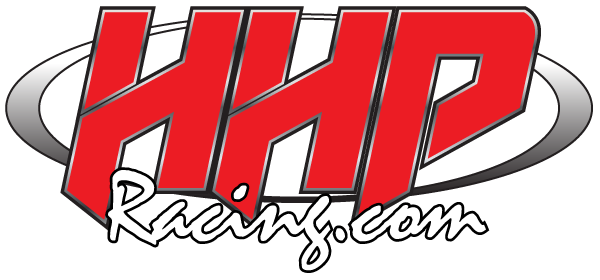Eccentric adjustable for camber and caster correction. Worn front control arm bushings have a huge influence on vehicle stability and braking efficiency. Replace these worn bushings with Whiteline control arm bushings for chassis control. Whiteline Synthetic Elastomer Bushings: After extensive development and testing of materials that would offer strength and durability, geometry retention and memory without the harshness, WHITELINE has created a progressive, long-chain Synthetic Elastomer that delivers the combined physical advantages of solid bushings, with the extreme flexibility characteristics of rubber. *CAMBER "Ò WHAT IS IT?* Camber is the inclination of the wheel from the vertical when viewed from the front. When the top of the wheel leans out you have positive camber, lean in equal's negative camber. Static negative camber is used to compensate for body roll, body distortion and tyre roll under when cornering. Stiffer bodies and tyre sidewalls are in and unnecessary suspension compliance is out. Therefore the previous requirements for large amounts of static negative camber are disappearing. Whiteline strut braces are good for maintaining camber angles under cornering loads as they further minimise body flex. Its important to highlight the fact that camber settings are ultimately a personal thing. That is, Whiteline can provide an indicative range to start from but the final number will depend on your driving style, average driving conditions, tyre size and many other things. You need to start with a relevant number, then monitor tyre wear and compensate if necessary. Whiteline have a range of camber adjusting products available to achieve the optimum settings. *CASTER "Ò WHAT IS IT?* Caster is the backward or forward tilt of the steering axis. Vehicle manufacturers are aware of the advantages of caster and as each new model is released the amount of caster specified increases. Why, because the disadvantages of high levels of castor are being overcome. Rack and pinion steering means less play, lower Ackerman levels, smaller scrub radius (zero is now very common), better and lower profile radial tyres means less sidewall deflection and higher tolerance to greater slip angles. But the greatest obstacle, that of heavy steering effort, has all but disappeared with the universal acceptance of power steering. High levels of positive caster equate to dynamic negative camber on turn when you need it most. Whiteline continues to put heavy emphasis on additional positive caster when designing new suspension packages.
- Chrysler
- Dodge
- Jeep
-
Shop for MoreNew Products Express HEMI Engine Sales Installation Packages & In House Services Gen III HEMI Swap Parts & Accessories Stand Alone Engine Management Universal Fabrication Parts & Accessories Gauges & Electronics Safety Equipment Detailing & Accessories Specialty Tools Tires Gift Certificates Apparel Clearance, Used and Take-Off's









